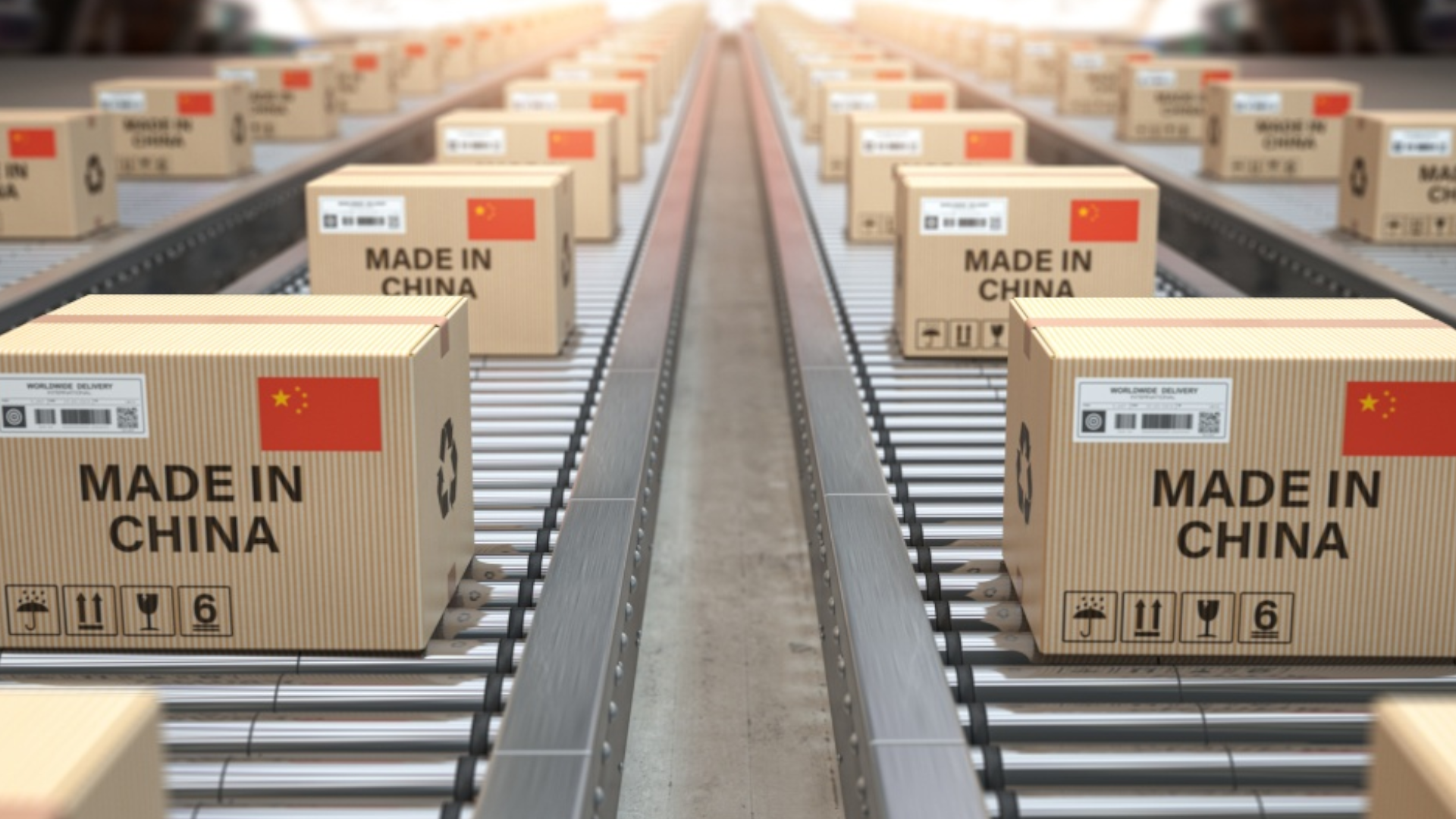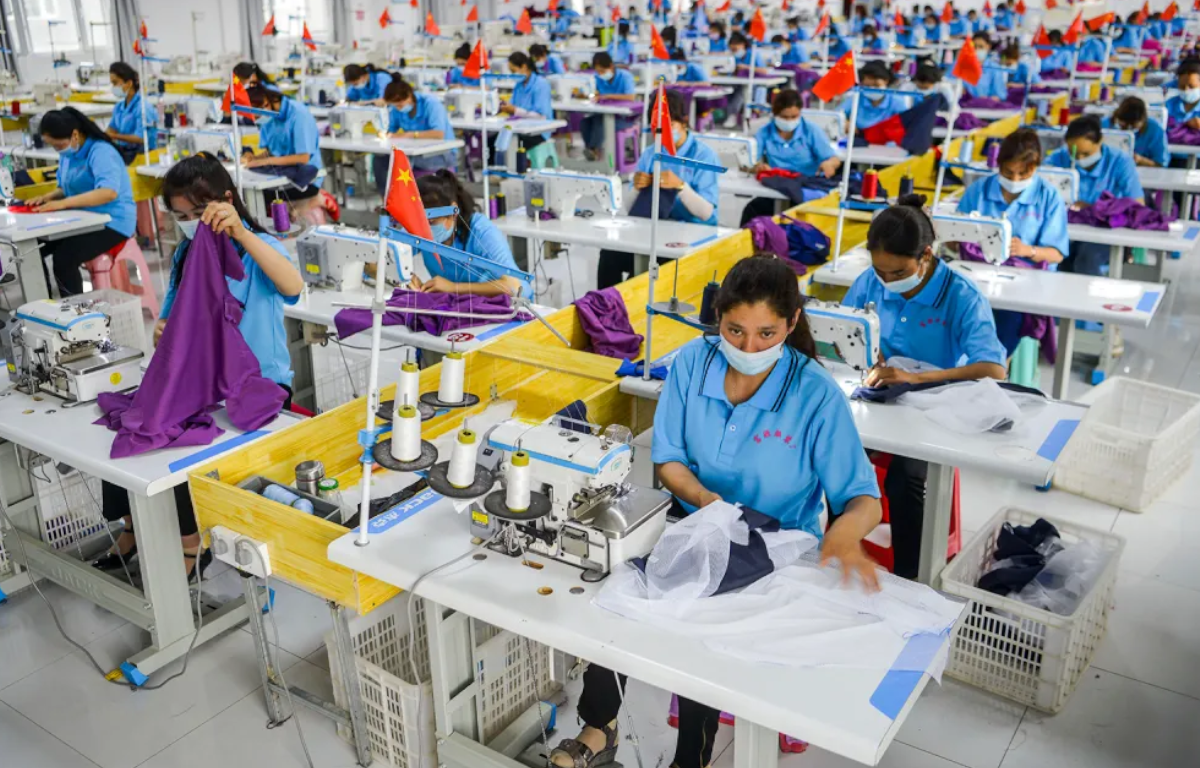
This illicit activity not only poses financial risks but also raises questions about the integrity of postal systems and the challenges posed by counterfeit goods in a globalized marketplace.
Counterfeit Royal Mail stamps, which mimic the authentic postage stamps issued by the UK’s national postal service, have been circulating in increasing numbers. These fake stamps are often sold online or through illicit channels, targeting unsuspecting buyers and collectors who may not be aware of their illegitimacy.
The proliferation of counterfeit stamps from China has sparked alarm among postal authorities and collectors alike. Royal Mail, responsible for managing the UK’s postal services, has issued warnings about the presence of fake stamps in the market and urged vigilance among customers and collectors.
The impact of counterfeit stamps goes beyond financial losses for collectors and postal services. It also raises concerns about the broader implications of counterfeit goods, including issues related to intellectual property rights, consumer protection, and the integrity of supply chains.
Counterfeit goods, whether stamps, luxury items, electronics, or pharmaceuticals, pose significant challenges to governments, businesses, and consumers. They undermine legitimate businesses, deprive governments of tax revenues, and can even pose risks to public health and safety in the case of counterfeit medicines or electronics.
Addressing the problem of counterfeit Royal Mail stamps requires a multifaceted approach. Enhanced cooperation between postal authorities, law enforcement agencies, and international partners is essential to identify and disrupt counterfeit networks. This includes sharing intelligence, conducting investigations, and implementing measures to prevent the production and distribution of fake stamps.
Public awareness and education also play a crucial role in combating counterfeit goods. Informing consumers and collectors about the risks associated with counterfeit stamps, providing guidance on how to identify genuine products, and promoting responsible purchasing practices can help mitigate the spread of fake goods in the market.
Moreover, leveraging technology and authentication mechanisms can enhance the security of postage stamps and deter counterfeiters. Advanced printing techniques, unique identifiers, and digital tracking systems can all contribute to creating stamps that are more resistant to forgery and tampering.
As the issue of counterfeit Royal Mail stamps persists, stakeholders must remain vigilant and proactive in addressing this challenge. Collaboration, innovation, and awareness are key elements in safeguarding the integrity of postal systems, protecting consumers, and preserving the value of legitimate postage stamps for collectors and enthusiasts.










Share this: